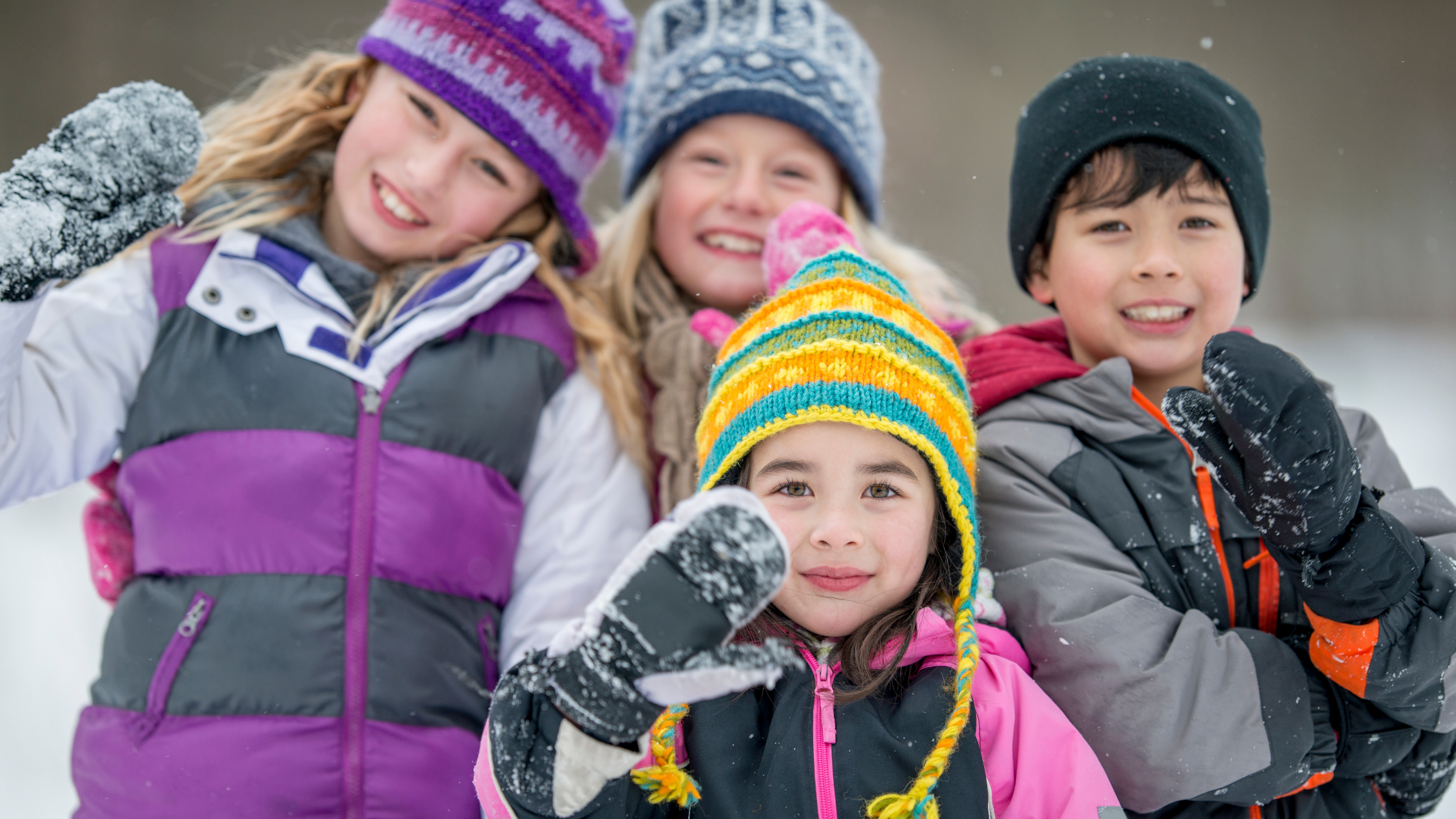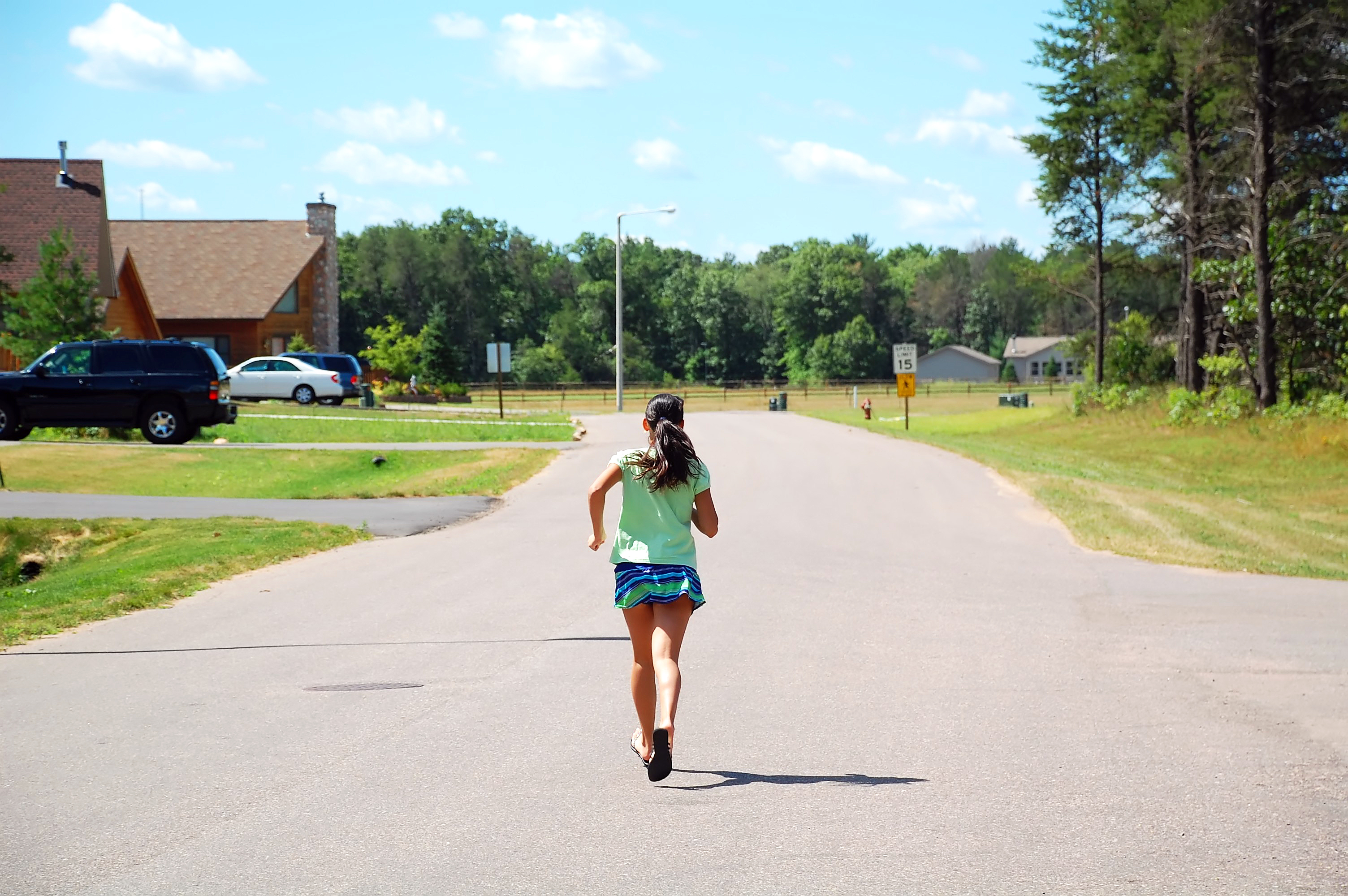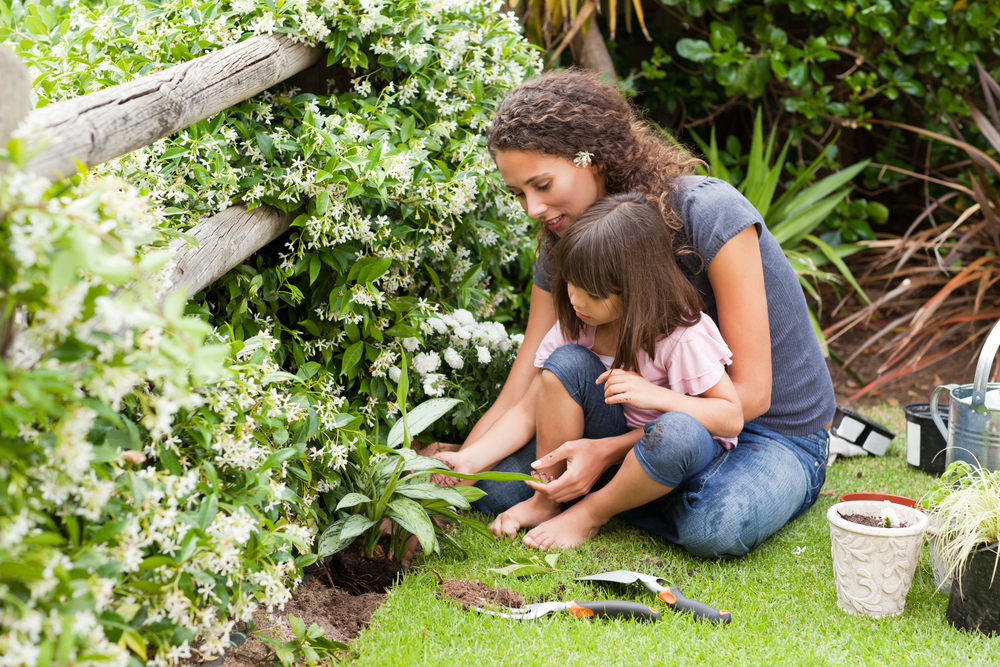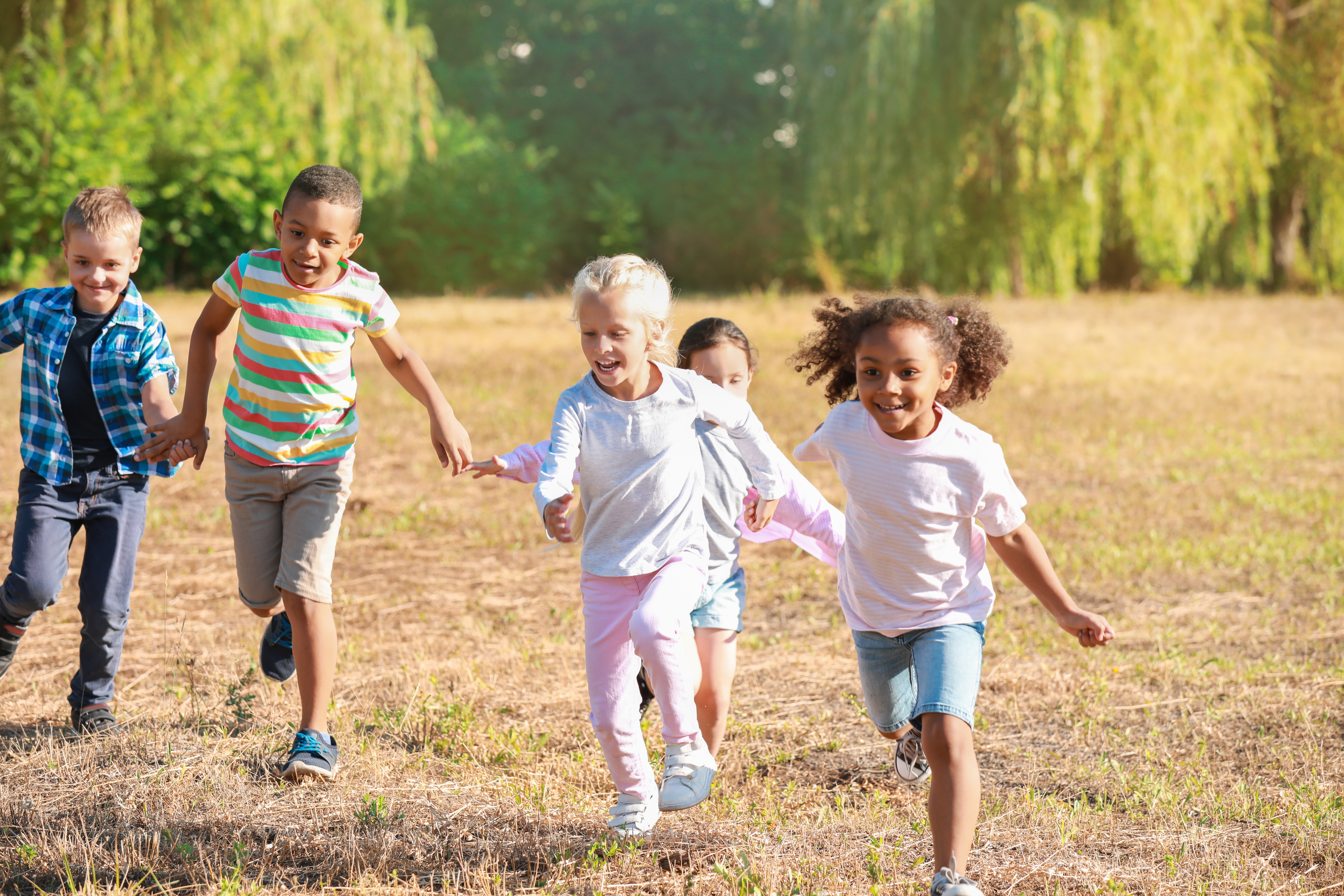
Active Learning During Snow Days
COVID-19 arrived in the U.S. in January of 2020. By March, teachers all over the country were teaching remotely. With a solution in place for how to teach kids when they couldn’t be in the classroom, fears surrounding the fate of treasured snow days swirled. In fact, by November of 2020, EdWeek reported that 39% of principals and district leaders had already converted snow days to remote learning days, with an additional 32% considering making the change.
Fortunately for many students and their families, the beloved snow day lives on. Indeed, many schools and districts, citing a need for normalcy (in addition to other factors, detailed by the Washington Post), have held true snow days since remote learning became widespread due to the COVID-19 pandemic.
Snow days are nostalgic — snowball fights, sledding, making snow angels and snowpeople, coming inside for hot cocoa (before being told to go back out again!) — playing in the snow often brings back memories of simplicity and joy.
Of course, when the outside fun is over, you may be looking for what to do next! If you are one of the many families facing true snow days this winter, take a peek at our list of ideas to keep kids moving all while enjoying the snow.
Make a snow volcano
Snow and volcanoes? But how? Using simple household ingredients (including a jar, baking soda, vinegar, and food coloring) kids can learn about acids and bases in this activity from Science Sparks. This is an awesome twist on the classic volcano experiment!
Now, add movement! Have kids make multiple volcanoes (or one volcano and some mountains). Then, dig channels in the snow from one volcano to another to watch how far the “lava” moves! Add some math by measuring the distance the lava moves through the channels.
Which is more valuable? Water from rain or water from snow?
We know how much water we get from three inches of rain, but what about from three inches of snow? This experiment from Edventures With Kids will keep kids guessing about which weather provides more beneficial moisture. You can also simplify the experiment by gathering two identical scoops of snow and measuring how much water will come from each, as demonstrated by How Stuff Works here.
Now, add movement! Find out who can bring in the largest amount of beneficial moisture using the same-sized cups! Snow is heavy. Let kids work together to bring in buckets of snow before the experiment, too.
Prove that science is magical with water that freezes in an instant.
Patience is key with this activity, but we promise it’s worth it! Steve Spangler Science explains how to lower a liquid’s freezing point and then turn it to ice, just by slamming a bottle of it on your counter! Grab some icicles from outside, an empty container, and a previously used plastic water bottle to get started. Get the camera ready for this one, because you’re going to want to film the reactions you get when this experiment works. Just remember to recycle the bottles when the experiment is complete!
Now, add movement! Lower the freezing point of multiple bottles of water, and turn this into a relay race! Who can freeze three bottles the fastest? Five bottles? Make it more challenging by spreading the bottles around the house to make kids move from one room to another.
Crush a can . . . without your hands!
How about inspiring some friendly competition between you and your kids? Bet them that you can crush an aluminum can with a little bit of snow and — here’s the twist — air. Have kids gather up snow and ice from outside to prepare, and stick around to help out, because the experiment requires some boiling water. Kids will love this demonstration of how air pressure changes with temperature from Frugal Fun for Boys and Girls. You can also demonstrate the concepts of contraction and expansion in this similar activity from How Stuff Works using balloons.
Now, add movement! Kids can walk through the neighborhood (with their grown-ups, of course!) to gather empty cans from neighbors to prepare for this activity.
You deserve a treat
After all of that hard work learning (and playing), you deserve a sweet treat! Try your hand at making some delicious maple syrup snow candy, or whip up some of this three-ingredient snow ice cream. Find both activities at Little Bins For Little Hands.
Now, add movement! While you’re waiting on the candy, this is a great time to have some classic snow day fun. Build an igloo, make snow angels, or build a snow family. You can also reuse the cups from the beneficial water activity to make “snow castles” — sandcastles in the snow!
Don’t have any snow nearby? Not a problem!
We understand that snow days may be just a winter dream where you live, but there are ways to enjoy the fun of snow without traveling to a different climate! With materials that you may have at home (or can easily purchase from a local grocery store), you can create (and contain!) your very own snowstorm. Mrs. Richardson’s Class offers free science journal pages and all of the instructional materials you need to be like everyone’s favorite snow queen. Or, really get the body moving with an indoor snowball fight with used-paper “snowballs” or balled-up socks!
We hope these activities will keep kids’ minds working and bodies moving and help them stay excited about snow days.
To discover more ways to keep kids active this winter, check out our plans for using Walkabouts for homeschooling or in the classroom. You can also watch a sample Walkabout to learn more.





